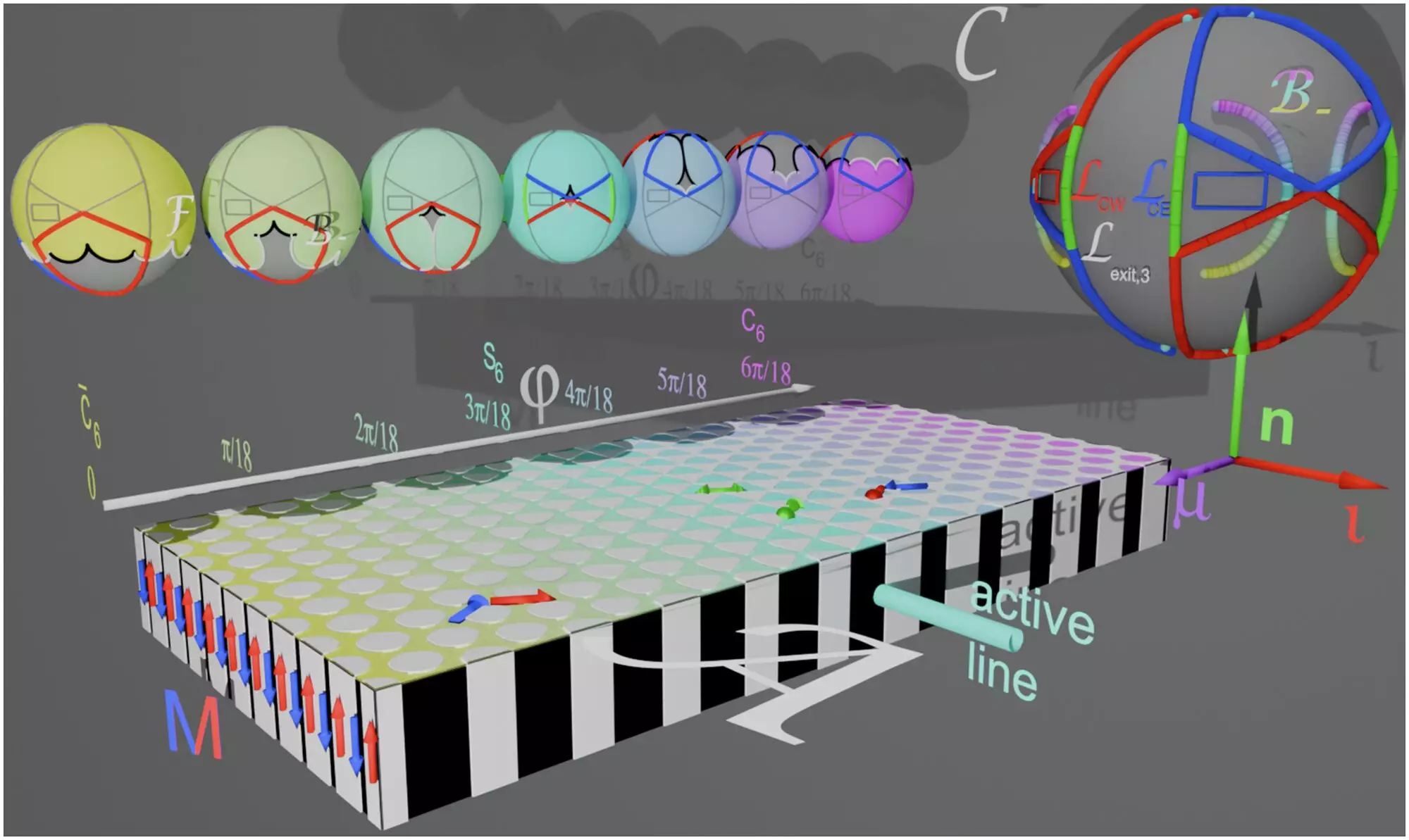In a remarkable advancement reported by researchers at the University of Bayreuth, a novel approach to controlling microscopic movement has been achieved. This innovative technique employs an external magnetic field to orchestrate the assembly of paramagnetic colloidal spheres, culminating in the creation of dynamic micro-runners that can operate autonomously. This breakthrough not only showcases the ingenuity of experimental physics but also holds immense potential for applications in medical and biochemical fields. The research findings, shared in Nature Communications, represent a paradigm shift in how we conceptualize and utilize micro-scale robotics.
The Mechanism Behind Micro-Runners
At the heart of this research lies the intriguing property of paramagnetic colloidal spheres—particles that exhibit magnetism only when subjected to an external magnetic influence. The researchers effectively designed a method, likening their innovative creation to a “biped factory.” Through intricate patterns of oppositely magnetized domains, researchers are able to control the growth of these microspheres into bipedal structures, which can, upon reaching maturity, venture out independently. This methodical magnetic metamorphosis is orchestrated by a precisely engineered time-dependent magnetic loop, facilitating the movement of particles as they periodically shift in space.
What sets this research apart is the planned and intentional behavior displayed by these micro-runners. Unlike random movements often seen in the micro-world, these particles follow a predetermined pattern, essentially executing commands laid down by their creators. The ability to direct and manipulate these micro-entities heralds a new era of controlled microscopic motion with vast implications for future technological applications.
Exploring Practical Applications
The implications of developing a system of autonomous micro-runners extend beyond mere academic curiosity. In the realm of medicine, these microscopic bipeds could serve as intelligent carriers for biochemicals, delivering targeted treatments within the human body. Imagine tiny robots that navigate through biological environments, selectively releasing therapeutic agents at precisely the right moments. Such advancements could redefine drug delivery systems and enhance the efficacy of treatments for various diseases.
Additionally, this technology paves the way for future innovations in manufacturing and materials science. The ability to engineer and control microscopic structures could lead to the development of advanced materials with unique properties, potentially revolutionizing sectors such as electronics, nanotechnology, and beyond. The collaborative efforts of institutions such as the University of Kassel and the Polish Academy of Sciences highlight the importance of interdisciplinary approaches in driving this type of research.
A New Frontier in Physics and Beyond
Overall, this pioneering work by the team at the University of Bayreuth signifies more than just scientific progress; it embodies the potential to unlock doors to newfound technologies that fundamentally alter how we understand motion at a microscopic scale. The intersection of magnetism and micro-engineering heralds exciting possibilities that could profoundly impact various scientific fields. As we stand on the cusp of this new frontier, the comprehensive understanding and manipulation of micro-runners may very well lead us towards innovations that once resided solely in the realms of science fiction.


Leave a Reply